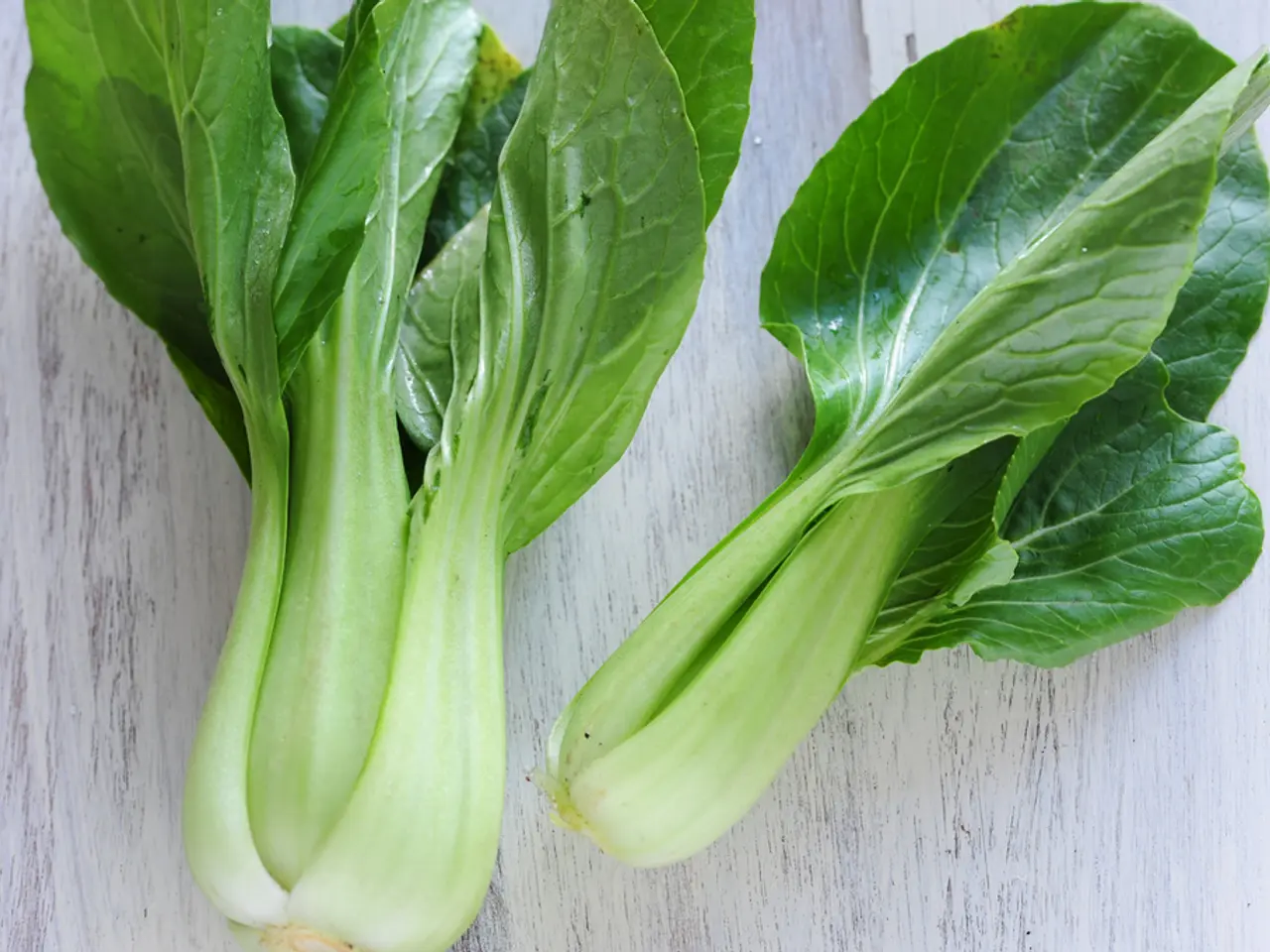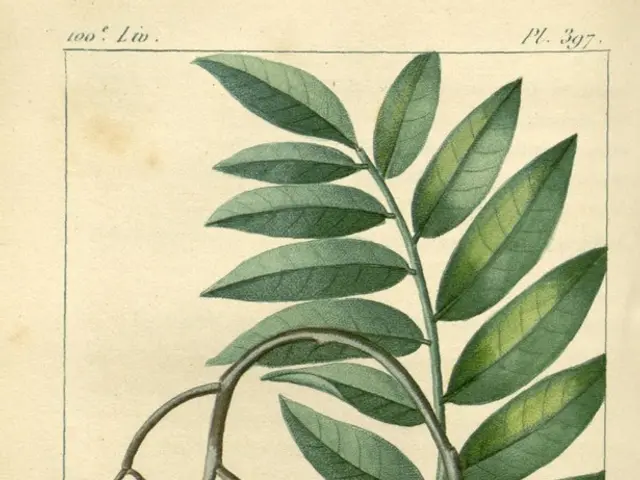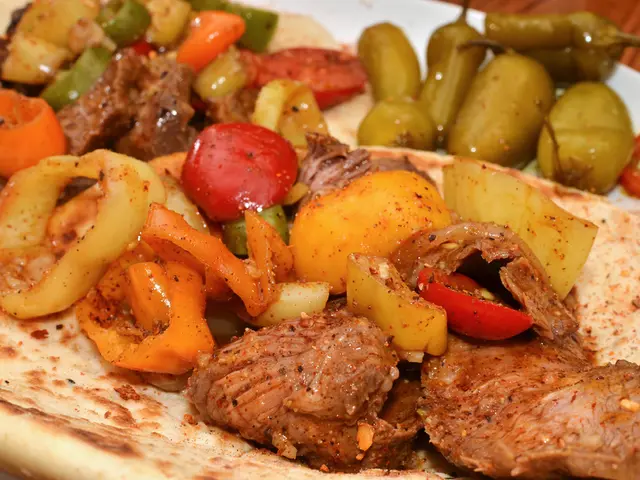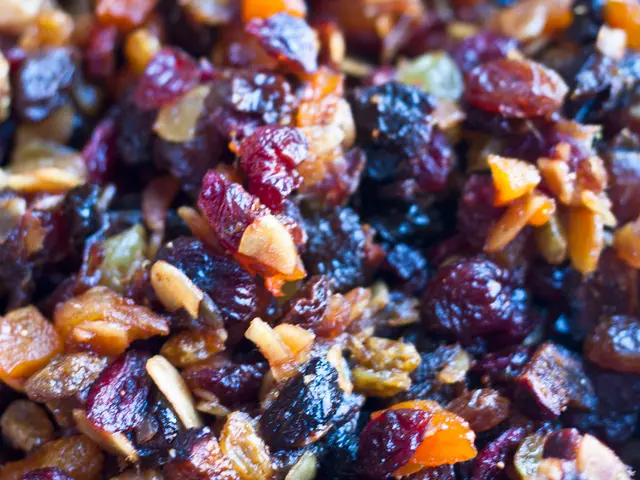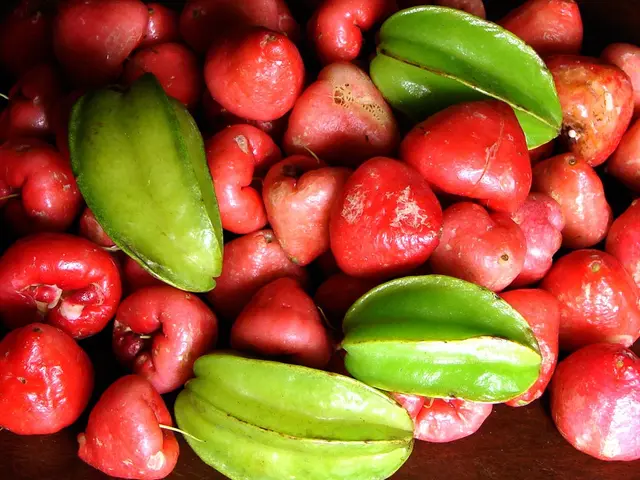Kohlrabi: The Nutritious, Versatile Winter Vegetable Gaining Global Popularity
Kohlrabi, a versatile and nutritious vegetable, is gaining popularity in kitchens and markets worldwide. This member of the Brassica family, alongside cabbage and broccoli, offers a crisp texture and mild sweetness that has made it a farmers' market favourite.
Botanically, kohlrabi is a type of Brassica oleracea and thrives in cool weather, especially in spring and fall. Its peak harvests occur during these seasons, providing key winter nutrients like vitamin C, folate, and minerals that support immunity, bone health, and energy.
Shoppers can identify fresh kohlrabi by choosing bulbs that feel firm and solid, with smooth skin and bright, green leaves. These vegetables are rich in nutrients, including calcium, magnesium, carotenoids, and other antioxidants. Its long shelf life ensures fresh produce availability through colder months.
Kohlrabi's rise from a once-overlooked crop to a cool-weather favourite is due to its adaptability and growing visibility in kitchens and markets. Historically cultivated in Europe, kohlrabi originated from the wild cabbage plant native to coastal Europe. It became known in Asia and North America later, but no exact dates are provided.
Kohlrabi's versatility extends to various dishes, from salads and slaws to soups and casseroles. Its nutritional value and adaptability make it an excellent choice for health-conscious consumers seeking to incorporate diverse vegetables into their diets.
